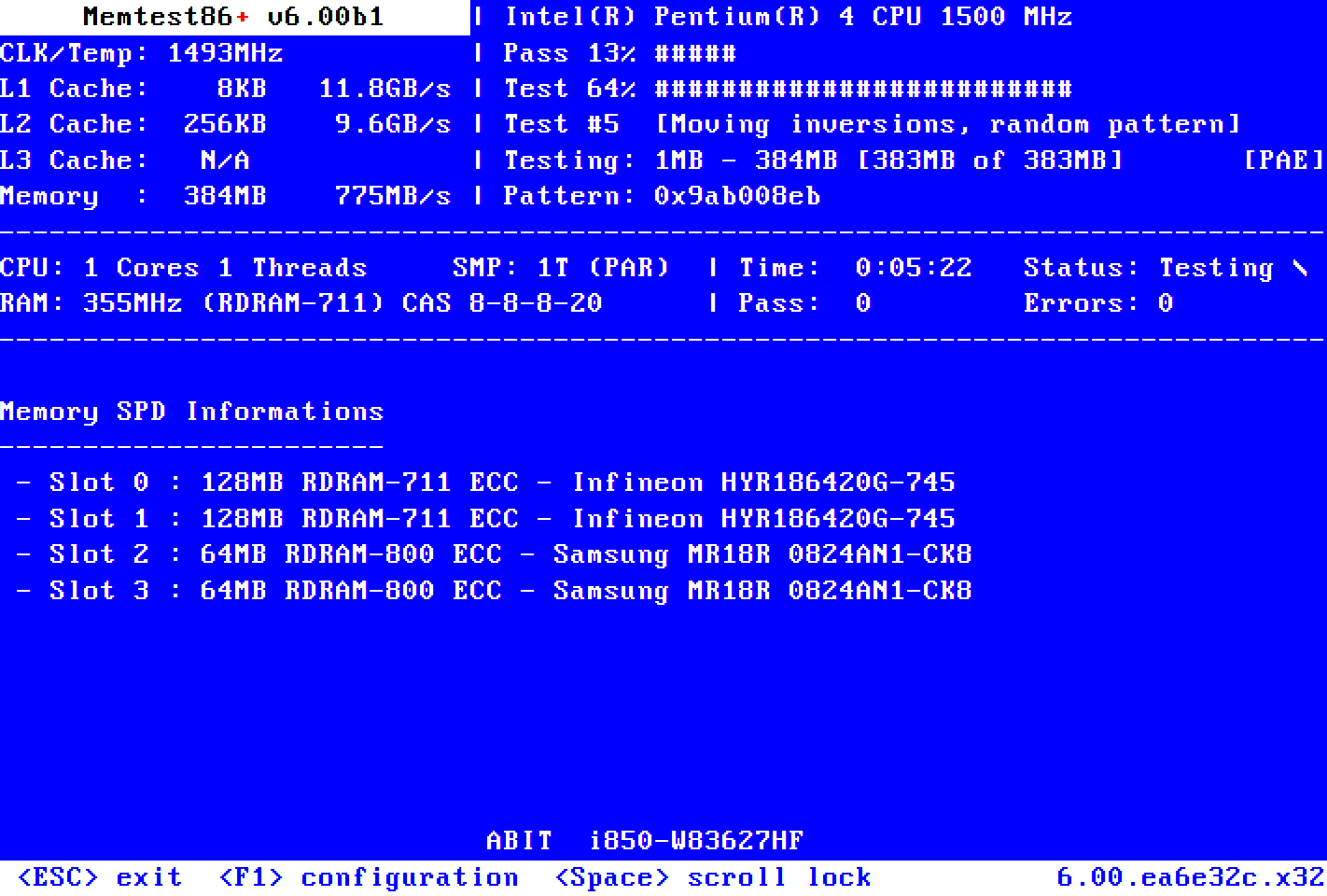Hello, hope you are all doing well ! Without wasting time lets get right into my Configuration so you know what you deal with and so you can give me a right advice what can i do about or what to not do with this system config :
Motherboard : Asus TUF Z270 mark 1
CPU : Intel core i7 6700 K
Memory : G Skill Aegis DDR4 16 GB 3200 Mhz kit
NVME : Samsung EVO 970 500 GB
Graphics Card :MSI GTX 760 2GB OC Hawk Edition
CPU Cooler : Noctua DH-N15 Cromax Black
HDD: WD caviar Black 2 TB 7200 rpm
Case fans : 140 mm Top mounted case fan and side panel 200 mm intake case fan ( side panel is taken off due to interefierence with the huge cooler )
So im wondering since i have seen some people being able to run 6700 k with 3200 Mhz RAM memory on XMP, why am i getting freezes and system blue screens while XMP enabled ? I havent touched anything in terms of editing XMP or what so ever. I first tought it was cuz i overclocked CPU a bit, so i loaded default settings and enabled XMP only and i was getting same problem, when i dont enable that and use non overclocked RAM it runs ok. And then i was researching my CPU specs and saw that a memory controller on my CPU runs at 2133 max. Does that mean that i cant push memory beyond 2133 Mhz ? Also when i use XMP profile my RAM gets really hot and it doesnt have a huge heatsink since i needed room for beafy cooler so i found those low profile RAM sticks from Gskill that are DDR4, hope i didnt mess something up. Thank you in advance !
Motherboard : Asus TUF Z270 mark 1
CPU : Intel core i7 6700 K
Memory : G Skill Aegis DDR4 16 GB 3200 Mhz kit
NVME : Samsung EVO 970 500 GB
Graphics Card :MSI GTX 760 2GB OC Hawk Edition
CPU Cooler : Noctua DH-N15 Cromax Black
HDD: WD caviar Black 2 TB 7200 rpm
Case fans : 140 mm Top mounted case fan and side panel 200 mm intake case fan ( side panel is taken off due to interefierence with the huge cooler )
So im wondering since i have seen some people being able to run 6700 k with 3200 Mhz RAM memory on XMP, why am i getting freezes and system blue screens while XMP enabled ? I havent touched anything in terms of editing XMP or what so ever. I first tought it was cuz i overclocked CPU a bit, so i loaded default settings and enabled XMP only and i was getting same problem, when i dont enable that and use non overclocked RAM it runs ok. And then i was researching my CPU specs and saw that a memory controller on my CPU runs at 2133 max. Does that mean that i cant push memory beyond 2133 Mhz ? Also when i use XMP profile my RAM gets really hot and it doesnt have a huge heatsink since i needed room for beafy cooler so i found those low profile RAM sticks from Gskill that are DDR4, hope i didnt mess something up. Thank you in advance !






